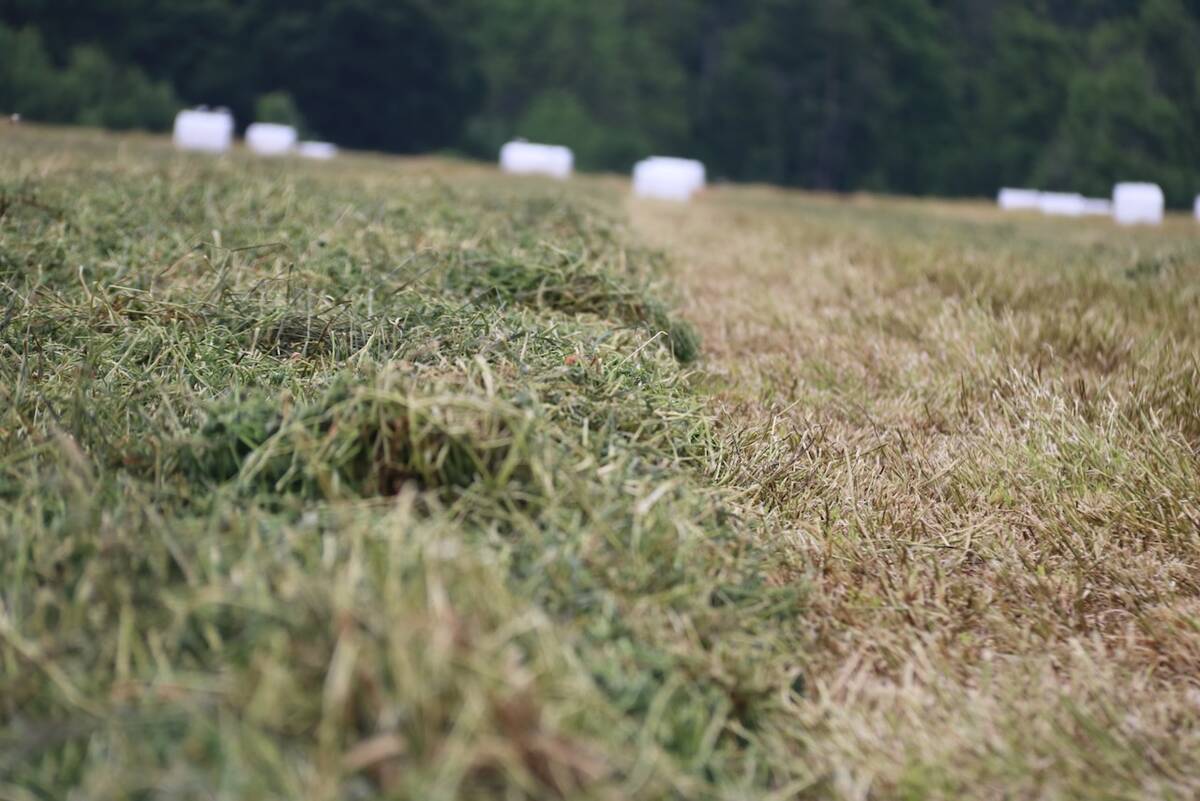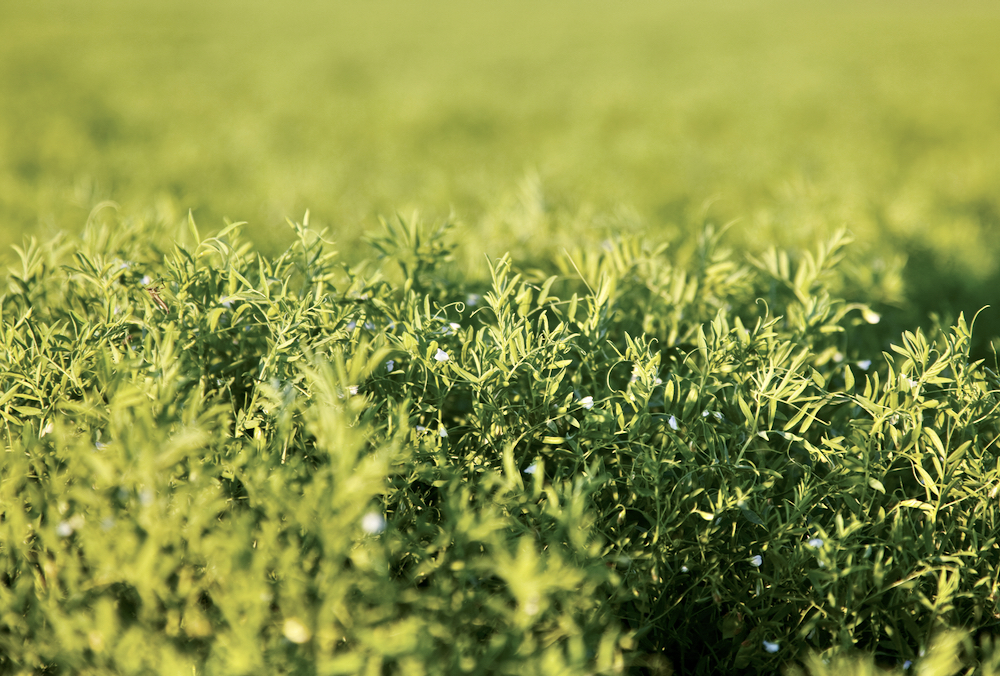Anthracnose can be a serious problem in lentils in Western Canada. As Mike Brown, agronomy manager for Saskatchewan Pulse Growers, points out, the disease can result in heavy yield losses due to premature leaf drop and plant death.
“Anthracnose is a polycyclic disease, which means it can go through multiple life cycles during the growing season and due to this can spread rapidly in warm, humid conditions. Depending on timing and severity of infection, yield losses can exceed 50 per cent,” says Brown.
To make matters worse, anthracnose resistant to Group 11 strobilurin fungicides has started to show up in some lentil-producing areas in the Prairies.
Read Also

New high-performance forage training program to launch in 2026
A new Canadian Forage and Grasslands Asssociation high-performance forage program will be a resource for farmers, agronomists and others in the forage sector.
Corteva Agriscience is offering a solution — a new crop protection product called Zetigo PRM with the Adavelt active. According to Corteva, the Adavelt active is a Group 21 fungicide with a novel mode of action that makes it a strong resistance management tool.
“This is good news for lentil growers,” says Brown. “With the recent confirmation of strobilurin-insensitive anthracnose populations in lentils, the introduction of a new fungicide group to lentil producers with activity on anthracnose is timely.
“This fungicide adds another tool to a lentil producer’s tool kit as the only registered Group 21 fungicide in Western Canada (which was only used) for late blight on potatoes until now. As part of an integrated pest management plan that includes cultural practices, a diverse crop rotation and mixing and rotating fungicide modes of action, it will help in fighting fungicide insensitivity.”
Kirsten Ratzlaff, product manager for seed applied technology at Corteva Agriscience, described Zetigo PRM as “a solid tool for disease management, but also a really important solution for resistance management” in an interview with Grainews.
“Novel modes of action certainly don’t happen every day … so we’re certainly excited to be able to provide a very critical tool for a very critical crop group in Western Canada,” she says.
“When we think about resistance management, there’s really only so many tools in the tool box. Bringing in new actives can help protect our technology and ensures we still get that high level of disease protection we need.”
PREVENTIVE AND CURATIVE PROPERTIES
According to a Corteva Agriscience press release, the Adavelt active offers preventive properties against a wide range of diseases severely affecting yield, along with curative properties when used in the early stages of infection.
“By adding Adavelt to disease management programs, farmers can simplify fungal control efforts and reduce resistance risks, while protecting the yield potential and quality of crops, both now and in future seasons,” stated the release.

Robert King, executive vice-president of crop protection business at Corteva Agriscience, states in the release that the commercialization of the Adavelt active is a testament to the company’s strong R&D pipeline.
“Farmers have a critical need for innovative fungicides to address the challenges they face today. Adavelt active delivers exactly that — a new, flexible option to protect crops and preserve yield potential.”
Bretton Davie, communications leader for Corteva Agriscience Canada, told Grainews the Adavelt active was developed after the discovery of a naturally occurring fungicide found in soil microbes, which scientists dubbed UK-2A.
“From there, Corteva Agriscience set to work making improvements and ultimately bringing to market Inatreq active, a naturally derived fungicide for cereal and banana crops,” says Davie.
“Researchers at Corteva then saw even more potential and turned their attention to designing a product that could expand fungicide options for farmers. The result was Adavelt.”
Zetigo PRM was approved and registered for use in lentils in Canada in March, and Corteva Agriscience is anticipating approval for use in additional pulse crops in time for the 2024 season.
“We really wanted to make sure this very valuable option for lentil growers is accessible as early as possible,” says Ratzlaff. “We are running an introductory launch focused primarily on lentils support for 2023, targeting the critical diseases there and most notably anthracnose, which we know is one of the most significant, if not the most significant, disease in that crop.
“Then we are working on expanding the label for the 2024 season. We’ll launch broadly with a much more significant volume with a very extended pulse crop and pulse disease label.”
Brown says that’s welcome news for Prairie farmers. “Registration on other pulses and diseases would be a benefit to pulse producers, increasing the fungicide options available to them and ultimately helping to fight fungicide insensitivity.”
Ratzlaff says the Adavelt active was trialled at a number of sites in Western Canada last year. She adds Corteva Agriscience plans to step that up this season with an extensive program of field-scale trials on pulse producers’ farms.
Canada was one of three countries — Australia and South Korea were the others — where the Adavelt active received product registration earlier this year. Corteva plans to offer Adavelt in more countries in the coming years, following regulatory approvals in those jurisdictions.
“There’s going to be a range of diseases ultimately on the label,” says Ratzlaff. “This is an active that’s going to provide a high level of protection in more than 30 crops across the world.”
















